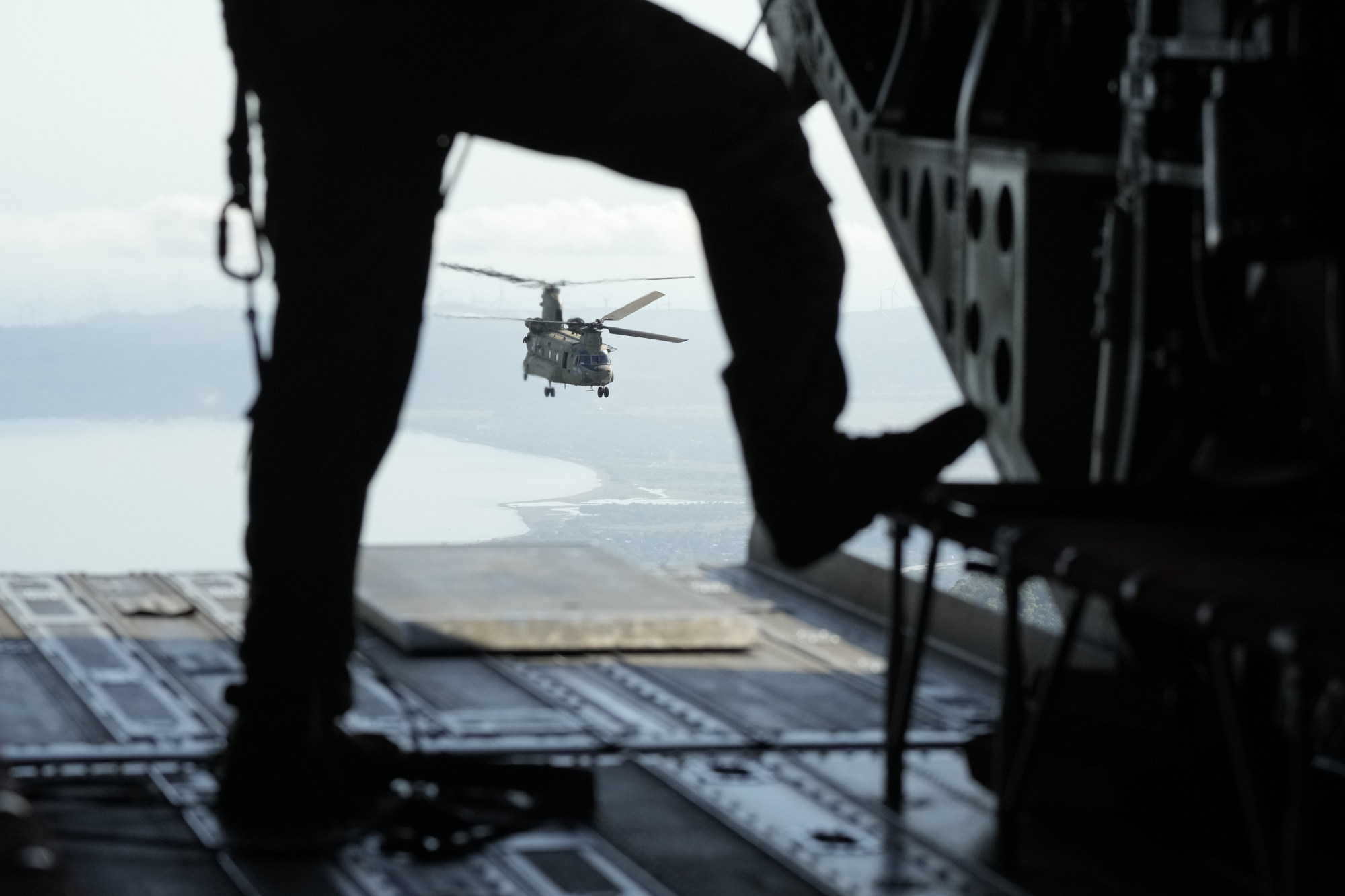
South China Sea: Beijing should respond to ‘blatant provocation’ after US-Philippines joint military drills: report
- Chinese think tank calls for strong response, ‘countermeasures’ after Balikatan exercise sent ‘increasingly dangerous’ signal on Taiwan
- Annual US-Philippines joint combat drill, which ended last week, shifted focus northward towards Taiwan Strait, according to analysis
The area of focus had “shifted from the western waters of the Philippines in previous years to cover both the South China Sea and the Taiwan Strait [this year], which evidently exposed the attempt by the United States and the Philippines to instigate coordination between the two seas”, the report said.

“This also means that the US-Philippines military alliance now has wider coverage, has become more offensive, and will have an increasingly negative impact on the regional situation.”
China should respond to the “frequent provocations in the South China Sea” and Manila’s increasingly “dangerous” policy direction with a strong tone and countermeasures, the report added.
The annual combat drill between Manila and Washington this year – the largest in scope since it started in 1991 – took place outside the Philippines’ 12 nautical mile territorial waters for the first time. More than 16,000 military personnel were involved, with French forces joining the exercises for the first time.
The United States Marine Corps said the Balikatan, or “shoulder-to-shoulder” exercise, was aimed at expanding military readiness across the full range of combined and joint operations, with a focus on territorial defence.
While the Philippines maintained that the exercise did not target any single country, the drill took place amid heightened tensions with Beijing over the South China Sea.
Confrontations between the coastguards of two countries stemming from overlapping territorial claims have become more frequent. The US, the Philippines’ main ally, has pledged support for Manila’s claim to an exclusive economic zone, generally extending 200 nautical miles (230 miles) beyond a nation’s territorial sea.
The allies have also stressed support for the status quo of Taiwan and are worried about spillover effects that could result from conflicts on the self-ruled island.
The report cited a list of simulations in “sensitive areas”, for example on May 5, when troops from the US, the Philippines and Australia conducted live-fire mock battles on the island of Batan – situated about 200km (120 miles) from Taiwan.
The US and Philippine forces also conducted a counter-landing live-fire exercise on May 6, during which they sank five mock targets moving towards Taiwan with howitzers near Laoag City – about 400km (250 miles) from Taiwan’s southern tip.
Beijing sees Taiwan as its territory and has not renounced the use of force to take it back. Like most countries, the United States, Taipei’s biggest arms supplier, does not recognise Taiwan as an independent state, but is opposed to any attempt to take the island by force.
Another live-fire exercise on Palawan island – 200km from the Second Thomas Shoal – also sent “obvious” deterrence signals, it said.

